8 Most Effective Active Recovery Exercises
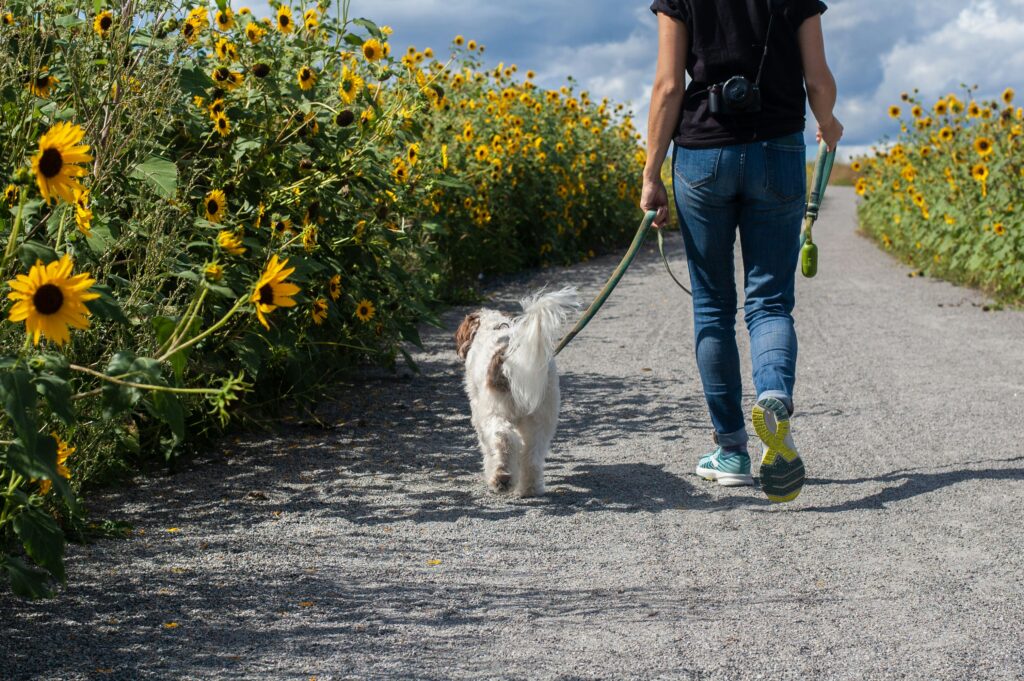
Feeling sore after a workout is not only normal, but also often a sign that you pushed your body in the right direction. But soreness that lingers for days, limits your range of motion, or makes it difficult to stay consistent with your training can become a real obstacle to progress. Rest is important, but that does not mean staying completely still. In fact, movement may be the missing ingredient your body needs to repair and bounce back faster.
This is where active recovery becomes a powerful tool. Unlike passive rest, active rest days involve gentle, low-impact movements that keep your body in motion. These exercises help increase circulation, deliver oxygen to tired muscles, clear out waste products like lactic acid, and support flexibility and mobility. Active recovery is not just about reducing soreness. It helps you train more consistently, feel better between sessions, and lower your risk of injury over time.
If you want to stay strong and feel your best between workouts, adding the right recovery movements to your routine can make a big difference. Here are eight of the most effective active recovery exercises that you can easily include on your rest days or after tough workouts.
1. Walking
Walking is one of the most accessible and underrated forms of active recovery. It requires no equipment, can be done almost anywhere, and delivers full-body benefits with minimal risk of overexertion. By increasing your heart rate just enough to stimulate circulation, walking helps transport nutrients to muscles that are in repair mode and assists in flushing out byproducts that contribute to soreness and fatigue.
It also promotes lymphatic flow, which is crucial for removing cellular waste from tissues. This makes walking particularly helpful if you are feeling swollen, stiff, or achy after an intense workout. Beyond the physical, walking supports mental clarity, reduces stress, and offers a gentle opportunity to reflect, breathe, and reset.
Tip: Aim for a brisk 20-to-30-minute walk at a relaxed pace. If possible, head outdoors and choose a trail, park, or quiet neighborhood path. Natural light exposure can help regulate your circadian rhythm and support vitamin D production, while the fresh air boosts mood and overall sense of well-being.
On days when walking outside is not an option, try the Sperax Walking Vibration Pad with APP, 3 in 1 Under Desk Treadmill.
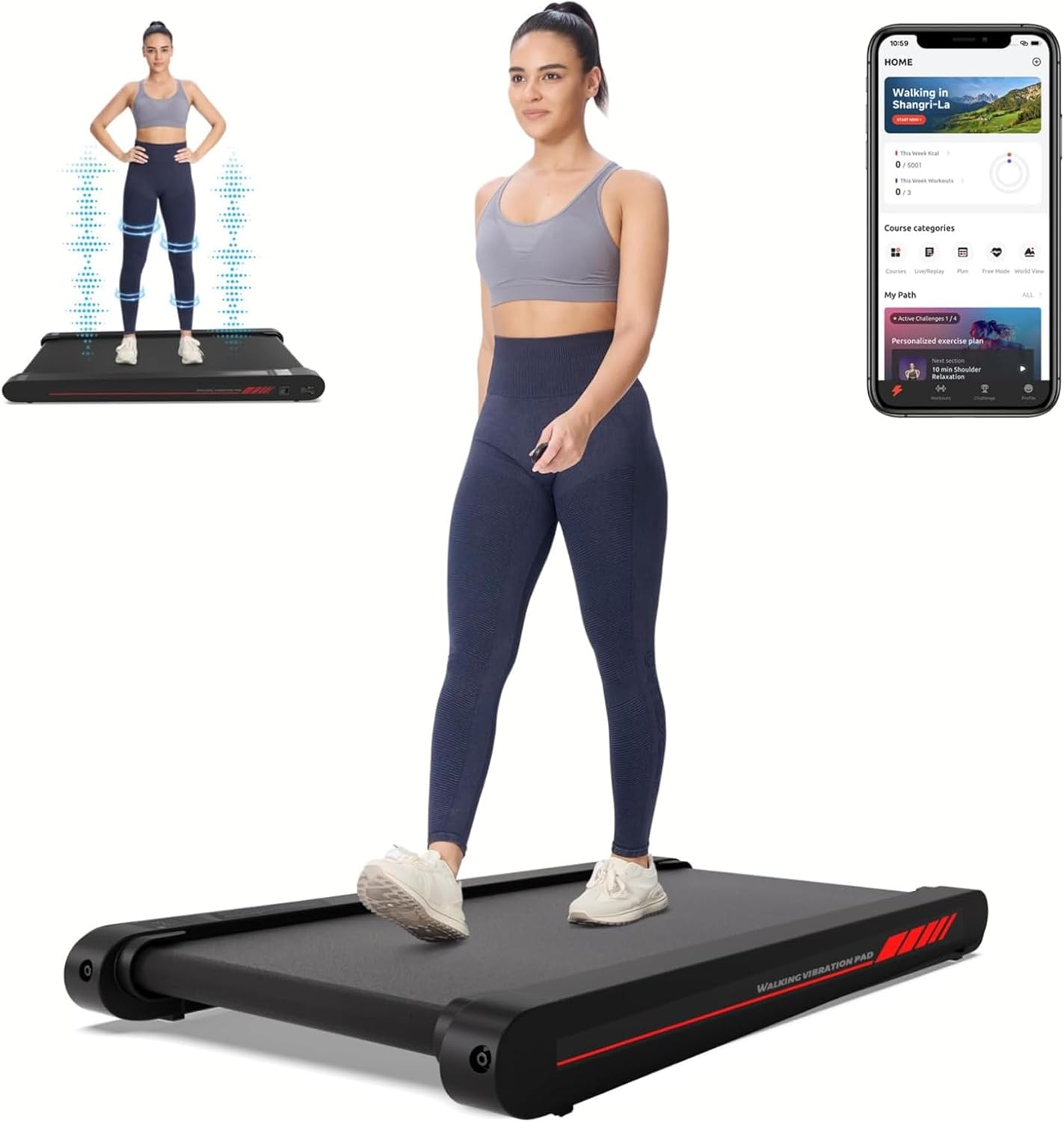
2. Gentle Cycling
Gentle cycling is an excellent option for active recovery, especially if your legs are sore or you want to reduce pressure on your joints. Whether you hop on a stationary bike or take a leisurely ride outside, this low-impact movement encourages circulation in your lower body and helps flush out lactic acid after high-intensity or heavy leg workouts.
Cycling activates major muscle groups like your quadriceps, hamstrings, glutes, and calves without placing strain on your knees, hips, or spine. It also helps loosen up tight hip flexors, which can become shortened after long periods of sitting or intense squatting.
The rhythmic motion and steady pace of cycling can also serve as a mental recharge. It provides a chance to reconnect with your breath, listen to music or a podcast, and recover both physically and emotionally.
Recommended: Try 15 to 30 minutes at a light resistance and conversational pace. Keep your posture upright, your pedal strokes smooth, and avoid pushing into higher intensities. The goal is gentle movement, not a workout.
Tip: If outdoors, choose a flat, scenic path to stay relaxed and enjoy the restorative effects of nature.
3. Swimming or Water Aerobics
Water-based movement is one of the most therapeutic and joint-friendly forms of active recovery available. The buoyancy of water supports your body weight, which means your joints are relieved of stress while your muscles still stay active. Whether you’re swimming slow, steady laps or participating in a light water aerobics class, you’re moving your body through a wide range of motion in a low-resistance, low-impact environment.
Swimming is especially helpful for people recovering from intense resistance training, long runs, or even minor injuries. It can also help loosen tight shoulders, hips, and spine due to the multi-directional movement and resistance provided by the water. Water aerobics classes often include balance, core engagement, and cardio-style intervals that are easy to scale to your energy level.
Additionally, the cooling temperature of the water can soothe inflamed joints and reduce exercise-induced soreness, while the hydrostatic pressure gently compresses the limbs to support circulation and help reduce swelling.
Tip: Aim for 15 to 30 minutes of slow-paced swimming or join a beginner-level water aerobics class. Focus on relaxed breathing, fluid motion, and staying mindful of your body’s response.
When you want a bit more leg work, a great tool to have on hand when at the pool is a kickboard. The Sunlite Sports Swimming Kickboard is an ergonomic and durable option.
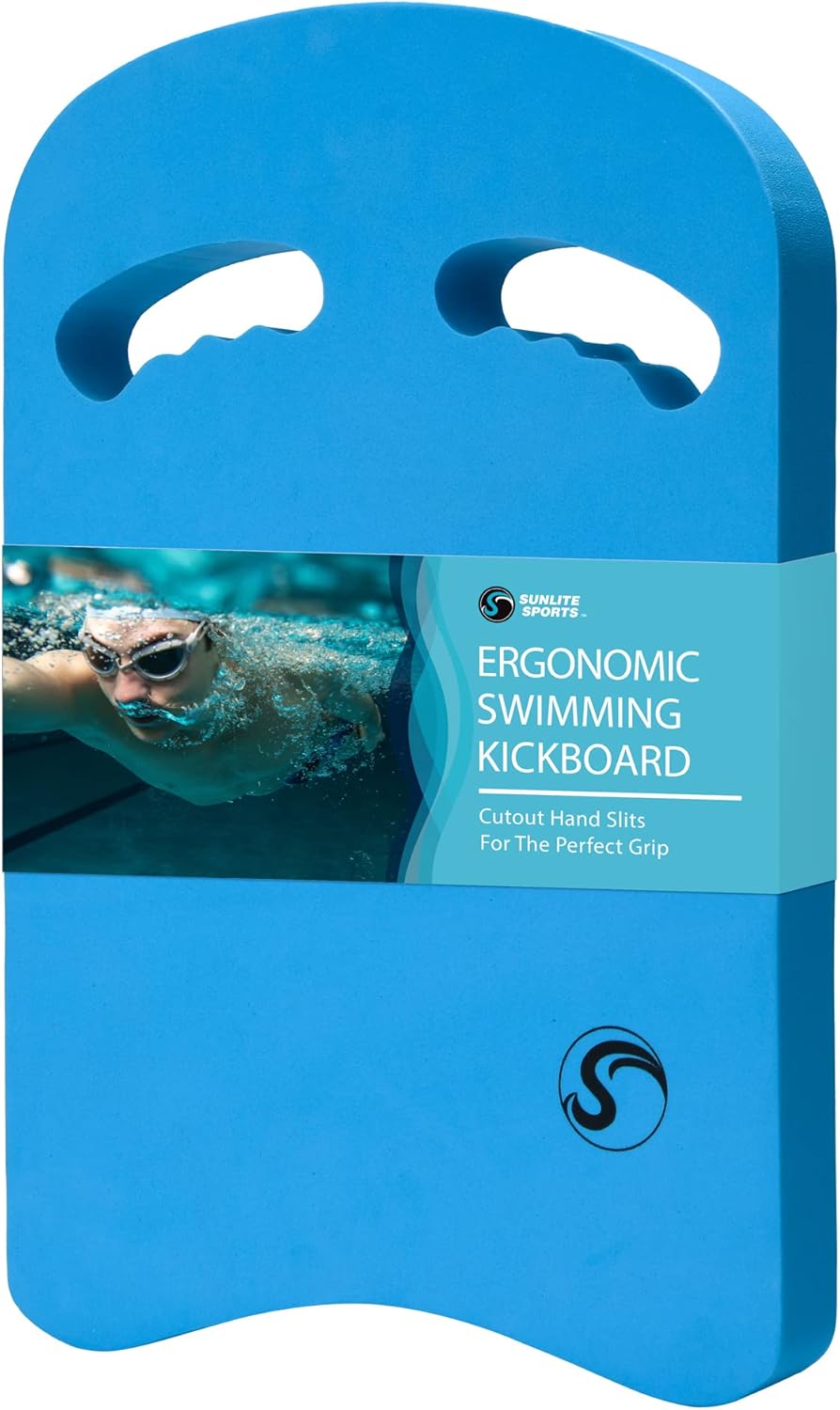
To enhance your water aerobics the Lightweight Aquatic Exercise Dumbbells from Trademark Innovations are useful way to focus your water movements.
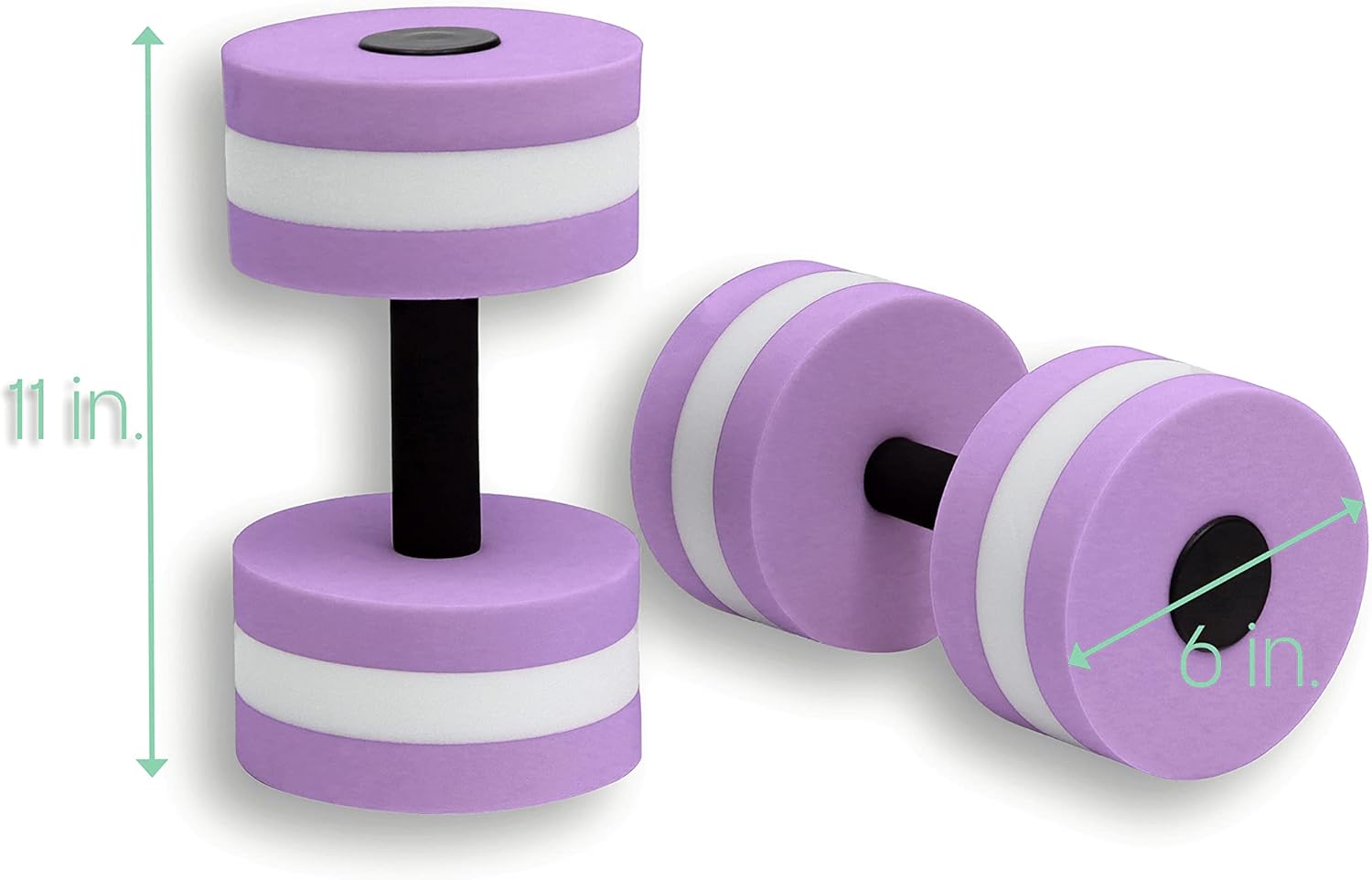
4. Light Bodyweight Exercises
Light bodyweight exercises are a great way to keep your muscles engaged and moving without overloading your nervous system. Unlike traditional resistance training, the goal here is not to push to failure but to gently stimulate circulation, reinforce mobility, and maintain motor patterns.
Movements such as air squats, lunges, glute bridges, bird-dogs, and wall push-ups allow your joints to move through full ranges of motion and encourage blood flow to areas that are typically tight or sore after heavy training. These exercises are especially beneficial for maintaining muscle activation and improving neuromuscular coordination between training days.
You can create a short, low-intensity circuit or simply integrate a few of these exercises throughout your day. They are particularly useful if you have a sedentary job, as they break up long periods of sitting and promote recovery through movement.
Tip: Aim for two rounds of 10 to 12 reps of each movement. Keep the tempo slow and controlled, focusing on breath, alignment, and quality over quantity.
Focus Areas: Quads, hamstrings, glutes, calves, core, and postural muscles in the upper back and shoulders.
Some great resources:
You Are Your Own Gym: The Bible of Bodyweight Exercises by Mark Lauren
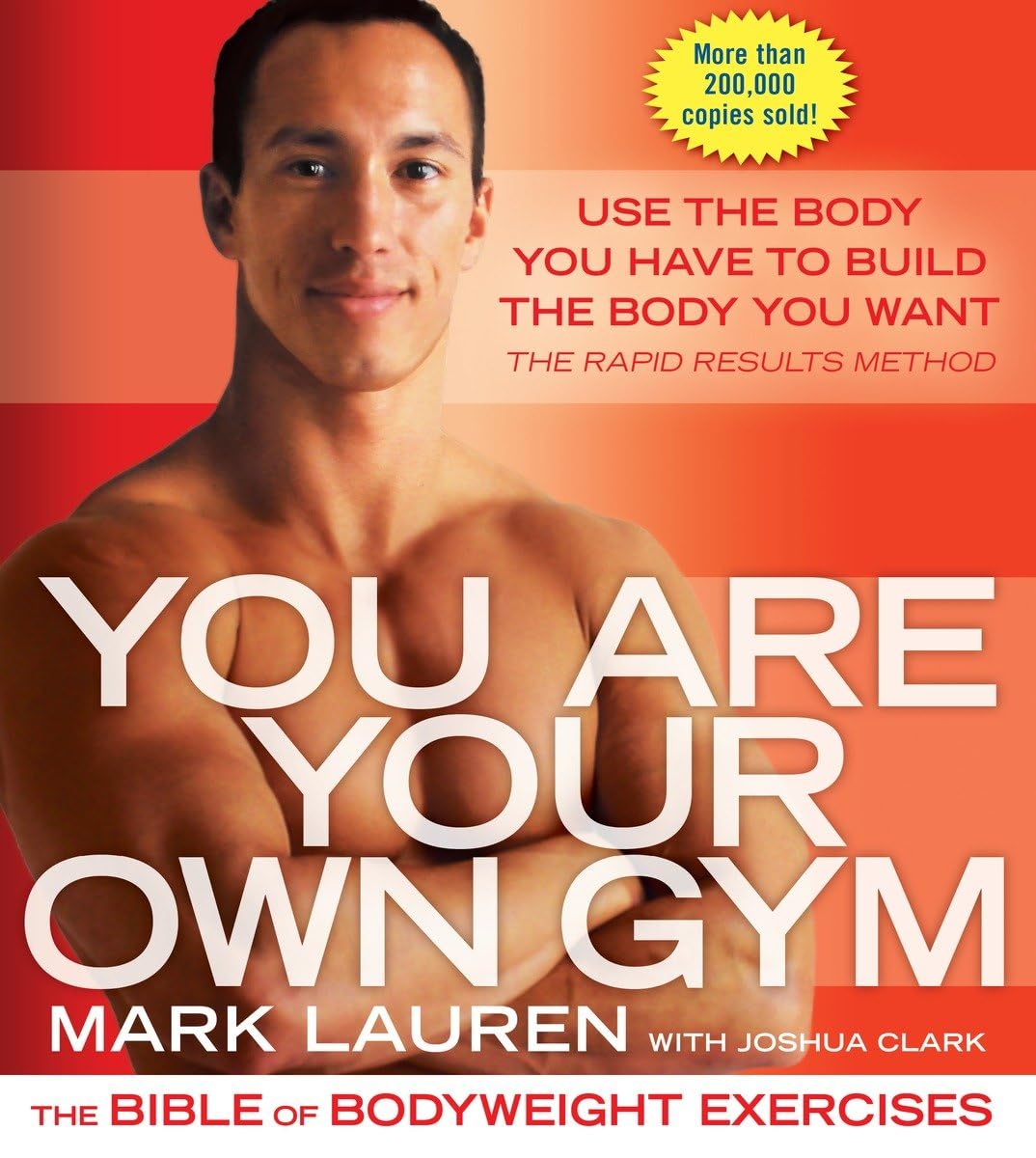
Palace Learning 3 Pack: Bodyweight Workout Posters Volume 1 & 2 + Stretching Exercises Poster Set
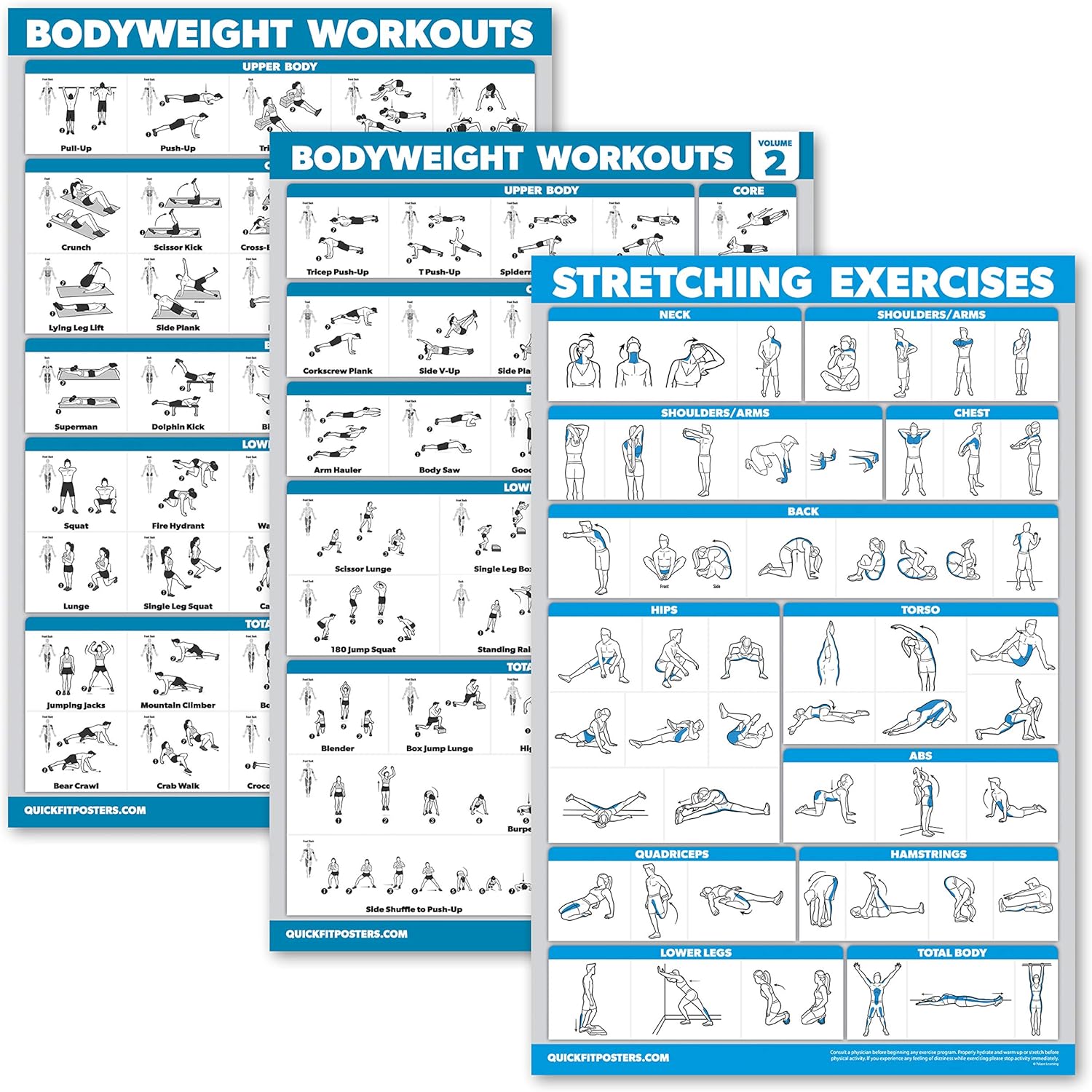
5. Yoga or Mobility Flow
Yoga and mobility flows are two of the most restorative forms of active recovery you can practice. These movements are designed to open up tight muscles, improve range of motion, and realign posture—all while allowing your nervous system to relax. They combine gentle stretches, controlled breathing, and mindful transitions, which help reduce cortisol levels and encourage deeper recovery.
Yoga poses like downward dog, child’s pose, pigeon pose, and supine twists can release tension in commonly tight areas like the hips, lower back, and shoulders. A mobility flow adds dynamic movement patterns that help activate underused muscles and restore functional range of motion without causing fatigue.
Beyond the physical benefits, yoga and mobility work promote mindfulness, stress relief, and better body awareness. These practices are particularly helpful on days when you’re feeling drained, emotionally tense, or need to reconnect with your body without the pressure of performance.
Recommended: Choose a restorative or gentle yoga flow lasting 20 to 30 minutes or follow a mobility routine that targets areas impacted by your main training sessions. Use slow breathing to guide your pace and stay present in each movement.
Recommended: Choose a recovery or restorative yoga flow and hold each stretch for 20 to 30 seconds. You can also try mobility-specific routines targeting weak points from your training.
Some helpful tools to set you up with yoga practice at home, although being able to attend a class with a certified yogi is where you’ll learn how to personally adapt poses with your skill and needs levels in mind:
The BalanceFrom 7-Piece Set provides a great combination of yoga essentials to help you through your restorative yoga journey.
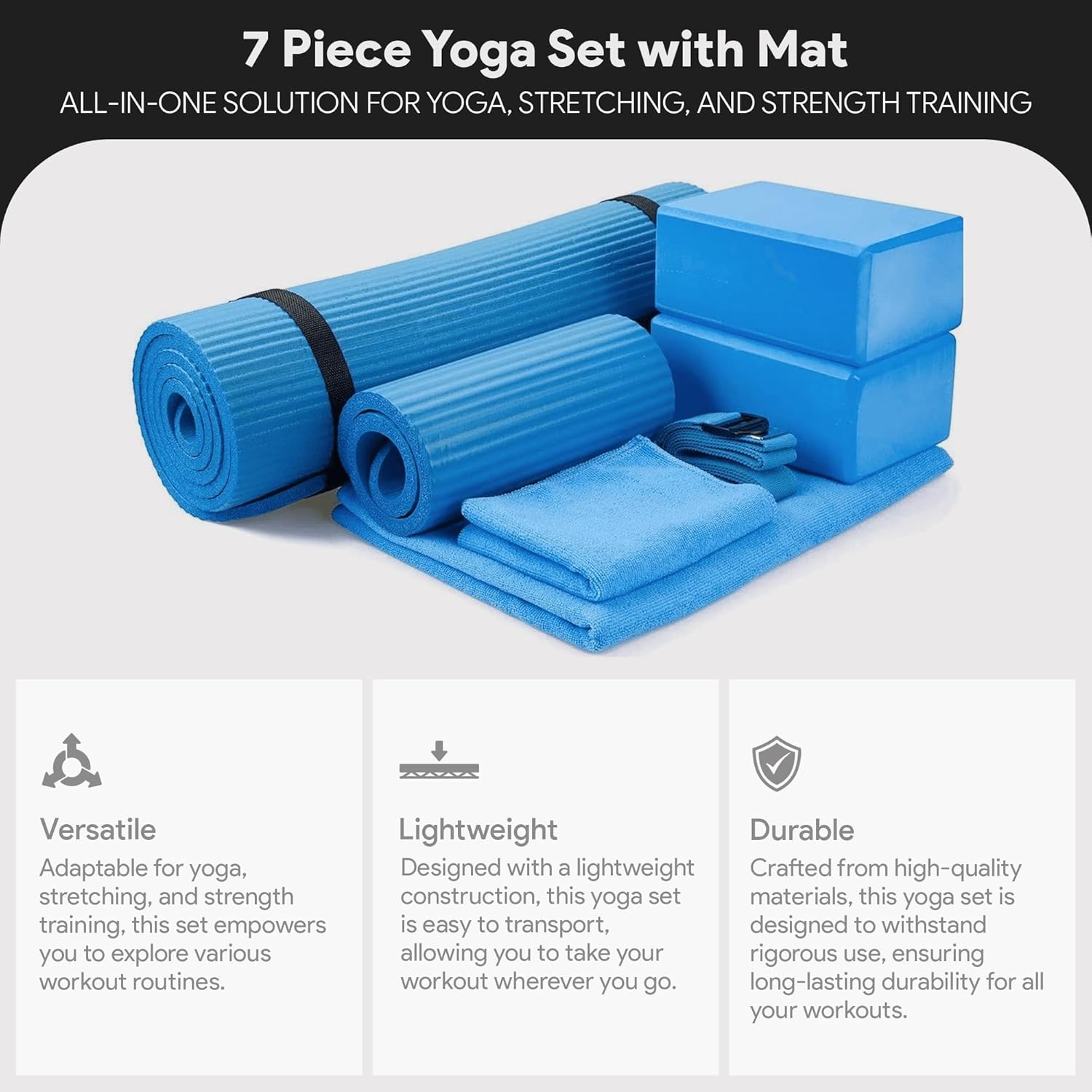
Yoga: The Top 100 Best Yoga Poses: Relieve Stress, Increase Flexibility, and Gain Strength by Susan Hollister offers insight into yoga poses that will revitalize you and keep you at the top of your fitness game.
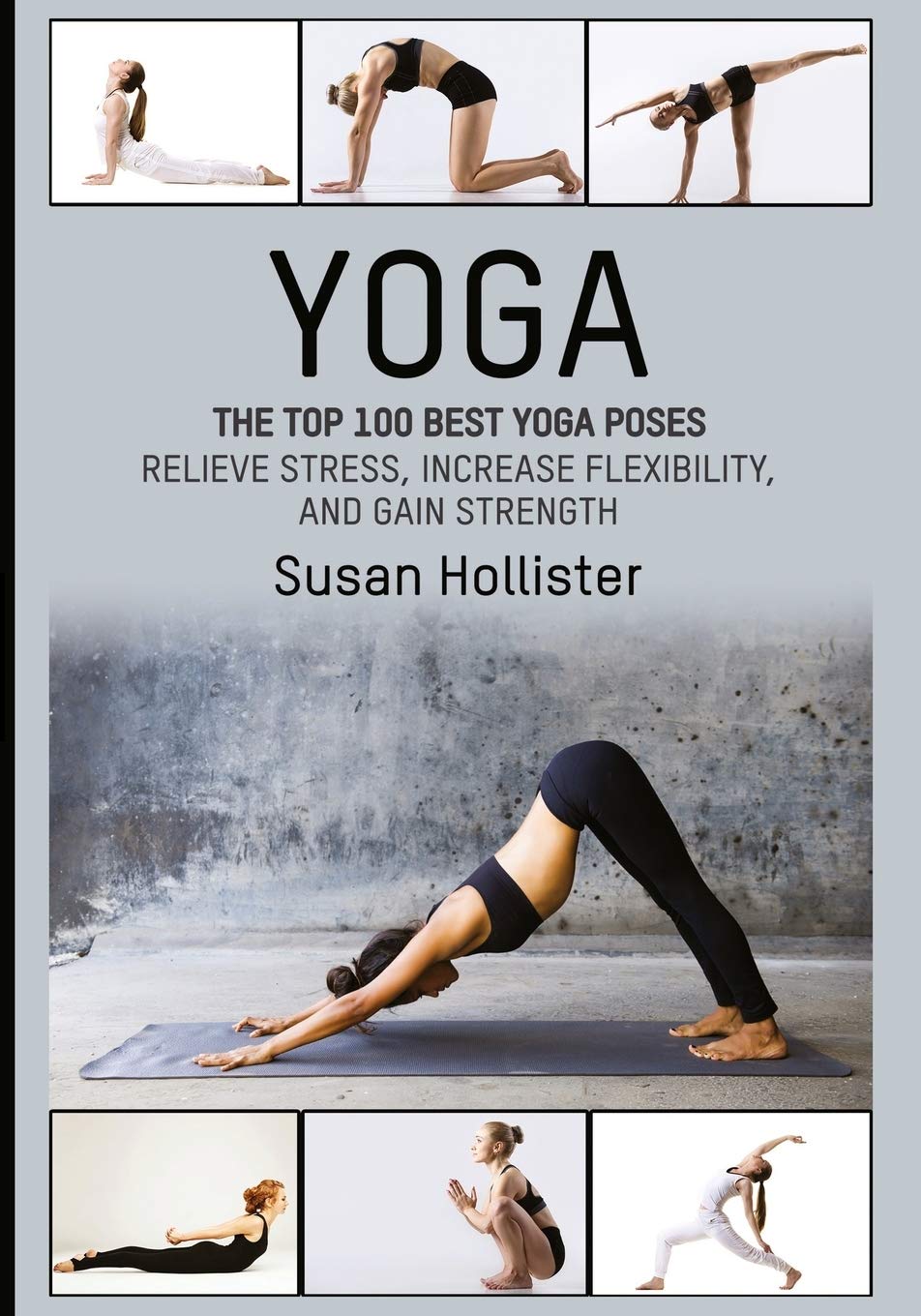
6. Light Resistance Band Work
Light resistance band work is an effective way to gently engage your muscles and support joint health without placing undue stress on your body. Bands provide consistent tension throughout the movement, which helps build strength and stability in a controlled and safe way.
These exercises are particularly useful for targeting smaller stabilizing muscles around the hips, shoulders, and core—areas that are often neglected during heavier lifting sessions. Strengthening these muscles can improve posture, prevent imbalances, and reduce the risk of injury. Resistance bands are also portable and easy to use at home, at the gym, or while traveling.
Some great recovery-focused band exercises include:
- Band pull-aparts for upper back and shoulder health
- Lateral band walks for glutes and hip activation
- Banded glute bridges to strengthen the posterior chain
- External shoulder rotations to support rotator cuff stability
Pro Tip: Use bands with light to moderate tension and move slowly with control through the entire range of motion. Focus on proper form and muscle engagement rather than speed or intensity. Incorporating 10 to 15 minutes of band work on recovery days can make a noticeable difference in joint stability and mobility.
7. Stretching Routine
Stretching is one of the most accessible and overlooked tools in your recovery toolbox. When performed regularly and with intention, static stretching helps realign tight muscle fibers, restore normal joint range of motion, and improve flexibility. This makes it easier for your muscles to function properly and reduces the risk of strain or imbalance during your next workout.
Post-workout or rest day stretching can also promote better posture, especially if you spend long hours sitting or performing repetitive motions. Stretching not only increases circulation to tight areas but also brings your awareness to parts of your body that may be holding unnecessary tension.
To make the most of your stretching routine, focus on slow, controlled breathing and hold each stretch for at least 20 to 30 seconds without bouncing. Target the muscle groups that were most involved in your recent training, and balance out commonly neglected areas like the chest, hip flexors, and spine.
Suggested Areas: Hamstrings, hip flexors, calves, quads, chest, shoulders, neck, lower back, and glutes.
Bonus Tip: Create a calming atmosphere with soft lighting or music to enhance the relaxation effect. Stretching before bed can help reduce stress and prepare your body for restful sleep.
8. Tai Chi or Qigong
Tai Chi and Qigong are gentle, flowing movement practices rooted in traditional Chinese medicine. These exercises blend slow, deliberate motions with deep, rhythmic breathing and meditative focus. While they may appear simple on the surface, they offer profound benefits for recovery, especially for those who are mentally fatigued, physically tight, or dealing with chronic stress.
Unlike more vigorous forms of exercise, Tai Chi and Qigong emphasize coordination, control, and inner awareness. The movements encourage circulation without creating muscle fatigue, making them ideal for recovery days. They help restore balance in both the body and mind by improving proprioception, joint mobility, and postural alignment.
These practices also promote a parasympathetic response in the nervous system, reducing stress hormones like cortisol and supporting better sleep—both essential components of full-body recovery. Over time, regular practice can improve mood, concentration, flexibility, and energy levels, making it a holistic addition to any active recovery plan.
Tip: Look for beginner classes online or in your community. Even 10 to 15 minutes of slow, mindful practice can leave you feeling refreshed, grounded, and better connected to your body.
An option to check out on DVD is the Qi Gong 30-Day Challenge with Lee Holden.
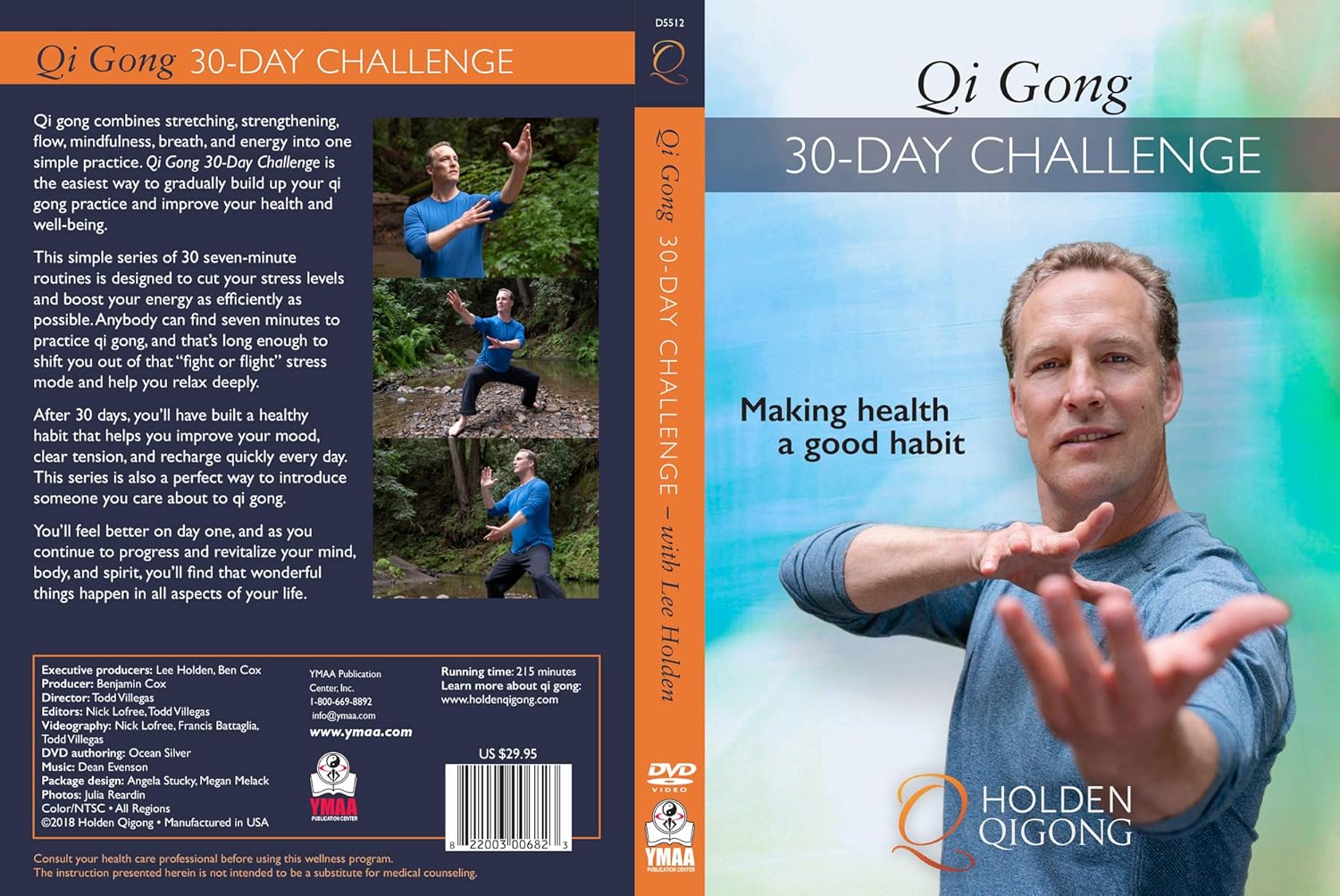
Why Active Recovery Works
When you rest completely, your muscles do get a chance to heal, but the process can be slow and uncomfortable. Active recovery gives your body the gentle nudge it needs to heal faster and more efficiently. By engaging in low-impact movement, you encourage increased blood flow to muscles, which helps deliver oxygen and vital nutrients where they are needed most. This also helps flush out waste products like lactic acid that can build up during strenuous workouts.
Active recovery also plays a critical role in regulating your nervous system. After intense training, your body is often in a heightened state of stress. Gentle movement such as walking, yoga, or swimming can help bring your body back to a parasympathetic state, where true recovery and repair take place. This makes active recovery especially valuable for managing stress, improving sleep quality, and supporting long-term motivation.
Another key benefit is joint and muscle mobility. By keeping the body moving through its natural range of motion, active recovery helps prevent stiffness and supports proper biomechanics. This means fewer aches and pains and a lower risk of injury as you continue to train.
Finally, active recovery encourages consistency. It gives you permission to move on your off days without pushing too hard. This mindset shift helps build a sustainable fitness lifestyle that balances effort with restoration.
By regularly incorporating these recovery techniques, you set your body up for long-term progress. You reduce downtime, stay energized, and build resilience that supports your physical and mental well-being.
Ready to Boost Your Recovery?
Integrating active recovery into your routine is one of the smartest ways to support your fitness goals. Whether you’re aiming to build strength, improve endurance, or simply feel less sore day to day, these gentle movement-based exercises can help your body heal while keeping you in motion. Recovery is not a break from progress, but an essential part of it. Staying consistent with recovery practices ensures you stay mobile, motivated, and injury-free. Plus, the mental reset that comes with mindful movement is just as valuable as the physical benefits.
If you are ready to take your recovery to the next level, we have tools and resources to support you at Recovery Essentials Hub. Explore our curated collection of premium recovery gear, effective supplements, and performance-boosting essentials designed to help you feel and perform your best.
This post contains affiliate links. If you click on one and make a purchase, I may earn a commission at no additional cost to you. Rest assured, I only recommend products or services I believe will provide value to my readers.


